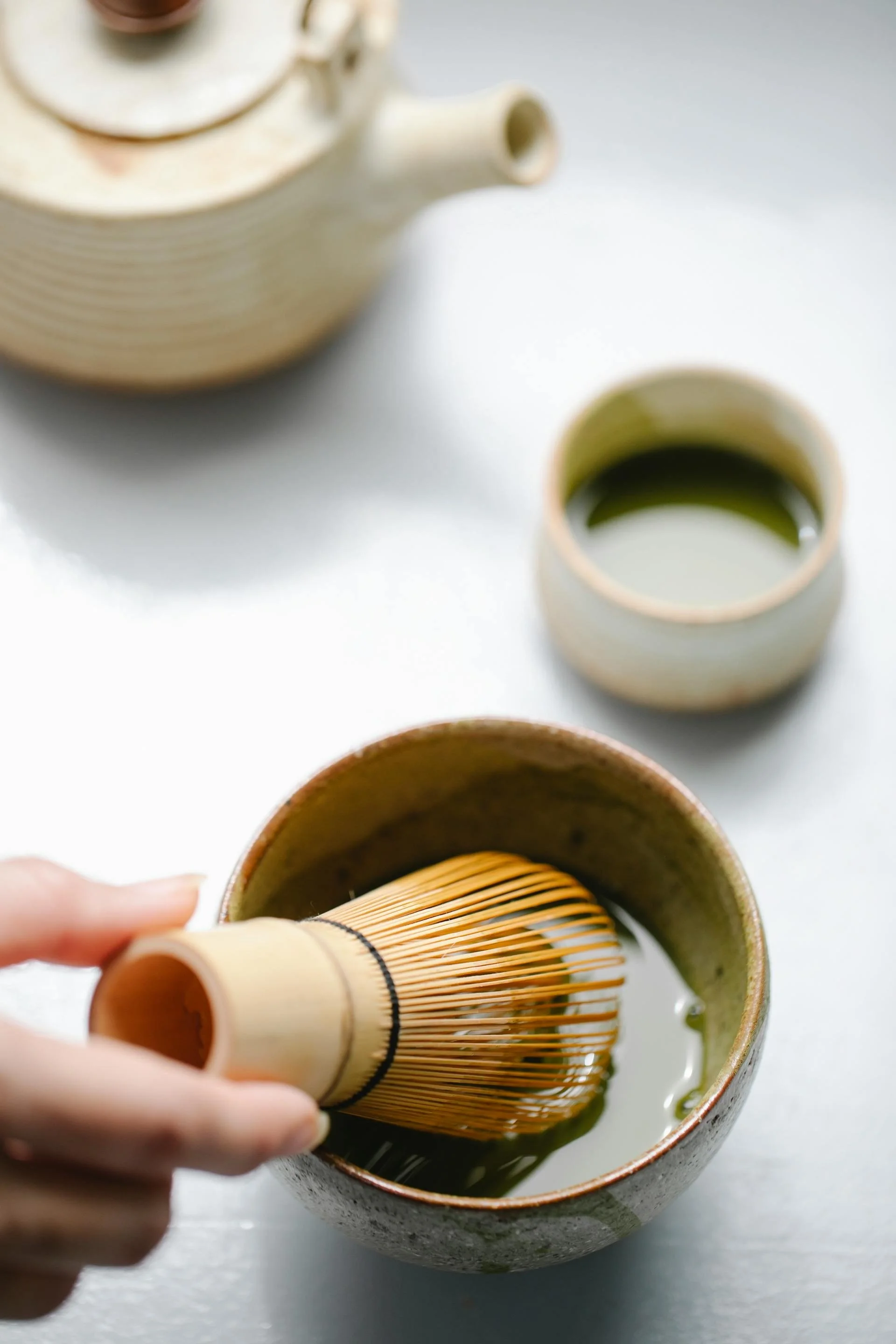From Bloating to Balance: How to Manage Fibroids Naturally and Feel Like You Again
A holistic guide to understanding uterine fibroids, easing symptoms with natural remedies, and reclaiming your wellness—gently and powerfully.
If you’re a woman in your 20s to 50s, chances are you’ve heard of fibroids—noncancerous growths that develop in or around the uterus. These growths can range in size from a grain of rice to a melon and are incredibly common, especially among women of African descent. While fibroids are usually benign, they can cause uncomfortable symptoms and disrupt your daily life. In this article, we’ll explore what fibroids are, their symptoms, potential causes, and a few home remedies that may help you manage them naturally. Please note: I am not a doctor, and this content is intended for informational purposes only. Always consult with a healthcare provider before starting any new health regimen.
Woman in pain looking for Fibroid Relief - Natural Home Remedies
What Are Fibroids?
Fibroids, also known as uterine leiomyomas or myomas, are muscular tumors that grow in the wall of the uterus. There are several types, including:
Intramural fibroids: Found within the muscular wall of the uterus.
Submucosal fibroids: Grow just under the lining of the uterus and may protrude into the uterine cavity.
Subserosal fibroids: Develop on the outer wall of the uterus.
Pedunculate fibroids: Hang by a stalk inside or outside the uterus.
Common Symptoms of Fibroids
Many women with fibroids experience no symptoms at all. However, for others, fibroids can lead to:
Heavy or prolonged menstrual bleeding
Pelvic pain or pressure
Frequent urination
Constipation
Pain during sex
Lower back pain
Bloating or swelling in the abdomen
If these symptoms interfere with your daily activities, it’s important to consult a medical professional for proper diagnosis and treatment options.
Medical illustration of a uterus showing different types of fibroids: intramural, submucosal, subserosal, and pedunculated, each labeled with their anatomical location.
What Causes Fibroids?
While no one knows the exact cause, these factors may play a role:
Hormonal Imbalances: Especially high levels of estrogen
Genetics: A family history can increase your risk
Ethnicity: Fibroids are more prevalent and more severe in Black women
Lifestyle Factors: Poor diet, high stress, or environmental hormone disruptors
Natural Remedies to Support Fibroid Wellness
Whether you’re looking to complement a medical plan or start with gentle, natural options, these remedies may help support your body and balance hormones.
Here are a few of our favorite self - care fibroid wellness tools:
1. Green Tea Extract
Green tea contains EGCG, a compound studied for its potential to reduce fibroid size.
Try it: Green Tea Extract Supplement
Mixing Green Tea Extract
These warm, soothing treatments help increase circulation and support detox.
How to Use:
Soak cloth in castor oil, place it on your lower abdomen, cover with plastic wrap, then apply heat for 30–60 minutes.
Castor Oil for Fibroid Relief - Natural Remedies
3. Dandelion Root Tea
Dandelion supports liver health, helping your body process excess estrogen.
Try it: Organic Dandelion Tea
Relaxing Cup of Organic Dandelion Tea for Fibroid Relief - Home Remedies
4. Vitex (Chasteberry)
Traditionally used to help balance hormones and support menstrual regularity.
Try it: Vitex Supplement
Menstrual Relief - Home Remedies
5. Turmeric Capsules
Known for its anti-inflammatory benefits, turmeric may help reduce pain and swelling.
Try it: Turmeric with Black Pepper
Tumeric for Fibroid Relief - Natural Home Remedies
6. Nourish Through Food
Focus on fiber, leafy greens, and anti-inflammatory foods.
Cut back on red meat, processed foods, and added sugars.
Add in:
Fresh berries, flaxseed, cruciferous veggies
7. Manage Stress
Chronic stress impacts hormones. Center yourself with:
Daily walks
Guided meditation
Journaling
When to See a Doctor
Home remedies can be helpful, but if you’re experiencing intense symptoms or fertility issues, it’s time to see a specialist. They may recommend an ultrasound, MRI, or treatment options like hormone therapy or surgery.
Final Thoughts from The Collective
Fibroids can be frustrating—but you don’t have to suffer in silence. Support your body, educate yourself, and explore natural tools with grace and patience. The key is listening to your body and advocating for your wellness journey.
Managing fibroids isn’t just about symptoms — it’s about reclaiming your comfort, your rhythm, and your power. Whether you're sipping herbal tea, drawing a warm bath, or journaling your healing journey, know that each small act of care matters.
🌿 Your next step? Try our Womb Wellness Bundle — a soothing collection of natural tools, teas, and other items curated to help you feel like you again.
Disclaimer:
I am not a medical professional. This content is for informational purposes only and is not intended to diagnose or treat any condition. Please consult your doctor before trying new supplements, herbal remedies, or therapies.
Affiliate Disclosure:
Some links in this post are affiliate links. If you click and purchase, I may earn a small commission (at no extra cost to you). Thank you for supporting The Honey Chestnut Collective as we continue to create thoughtful, holistic content for our community.










